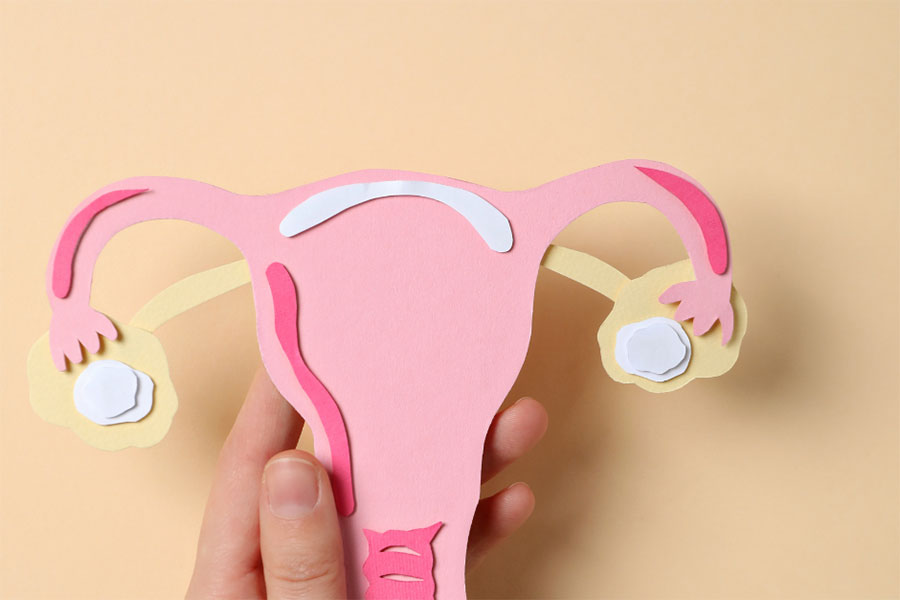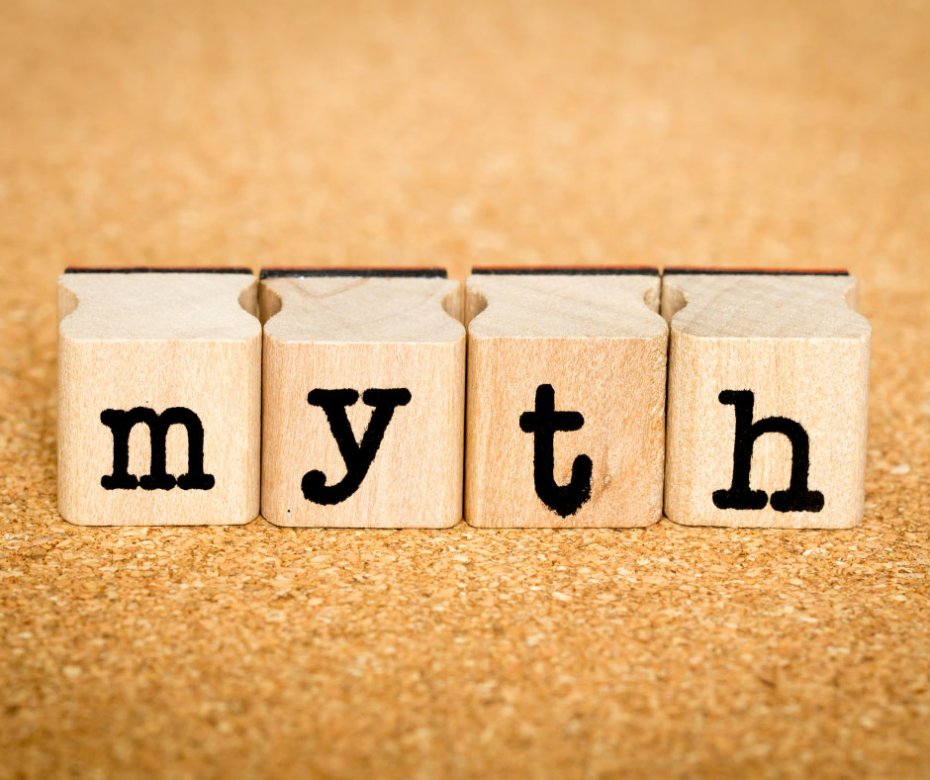Ovulation and Fertility: Myths You Should Stop Believing
Published 2nd September 2025

When you first start trying to get pregnant, ovulation becomes one of the most important things to understand. However, there are dozens of ovulation myths that can cause confusion, false expectations, and unnecessary stress.
In this blog, we’ll explore the most common fertility myths, uncover the real facts to help you understand how to better understand your ovulation cycle.
So, why is understanding your cycle so important?
Ovulation is the moment where a mature egg is released from the ovary and is available for fertilization. Without ovulation, pregnancy isn’t possible. But even when ovulation occurs, timing is key – sperm must be present during the fertile window.
Many people Google, use apps, or social media for information. Unfortunately, not all of it is accurate. Believing the common myths about ovulation can lead to you miscalculating your fertile days or begin to lose hope.

Here Are 5 Common Myths (and the Facts Behind Them)
Myth 1: Ovulation Always Happens on Day 14
This is a very common misconception. While textbooks often use a 28-day cycle as the example, in reality cycles range between 21 and 35 days. This means ovulation might happen earlier or later than day 14.
Fact: Ovulation timing depends on the length of your cycle. For some, it could be day 10, for others day 20. It is a lot more reliable to track your cycle yourself, rather than relying on a calendar.
Myth 2: You can’t get pregnant if you have irregular periods
Many people believe that irregular periods mean that you are not ovulating. While irregular periods make it harder to predict, they don’t necessarily mean you’re infertile.
Fact: Even if you experience irregular cycles, ovulation can still occur. There are tools to help identify fertile days, such as basal body temperature charts, ovulation predictor kits, and cervical mucus tracking.
Myth 3: You Ovulate More Than Once in a Cycle
Some people think that multiple ovulations can happen within one cycle.
Fact: Ovulation itself only happens once per cycle. Your body will not restart ovulation until the next cycle.
Myth 4: Stress has no impact on ovulation
It’s easy to dismiss stress as unrelated, but here’s the truth.
Fact: Stress can affect ovulation by disrupting hormone levels, sometimes delaying or preventing ovulation. To help manage your stress take some time for yourself by enjoying some of your favourite hobbies, talk about your feelings with friends, family or a fertility therapist.
Myth 5: You Can Only Get Pregnant on the Day of Ovulation
Some people believe pregnancy is only possible if intercourse happens exactly when the egg is released.
Fact: Sperm can live inside the female reproductive tract for up to five days. That means intercourse before ovulation can still lead to pregnancy.
How do I know If I’m Ovulating? Signs to Look Out For
If you’re wondering how to tell when ovulation happens, your body gives helpful signs:
- Changes in Cervical mucus – becomes clear and stretchy, like egg white
- Basal body temperature – rises slightly after ovulation
- Ovulation predictor kits – detect the LH (Luteinizing Hormone) surge before ovulation
- Mild abdominal pain – some experience “Mittelschmerz”, a twinge during ovulation
Tracking using one or more of these indicators will help you better understand your cycle.